Creating a Simple Database
Estimated reading time: 6 minutes | Target users: New users
Managing a database is a crucial task in a contact center. While your database naturally expands as you’re handling calls, you can also upload an existing database into VCC Live
In this lesson, you will learn:
- What a database is
- What a record is
- What a contact is
- What types of databases there are
- How do you create a database import file
- How do you upload a database to VCC Live
1. Database
A contact center database is a data repository where you store information about your existing or potential clients, and calls. It helps you organize, maintain, and update your data. The database consists of records.
1.1 Records
A record contains the name, phone and other contact details, private and demographical information, buying patterns, owned products, and other information of a customer. It also includes detailed information about executed calls, such as source and destination numbers, IDs, call duration, completion status, and scheduled follow-up actions.
1.2 Contacts
A record may contain contacts that include client contact details. Each record can contain up to 9 different contacts with different phone numbers, email addresses, and contact names. For example, the record name is “A Company”, while its contacts may be John Smith, 49111111111, [email protected]; Anne White, 4922222222, [email protected], etc.
2. Database Types
There are different types of databases.
2.1 Client Database
A client database contains all client data, which you import into VCC Live, either manually or via API.
2.2 System Database
The system database logs all information about your records, including the date and time created, creation mode, time of last disposition saved and last modification, user who modified it, etc.
2.3 CDR Log
The CDR log displays all information about call attempts made including prework, ringing, and call duration, the agent who handles it, saved disposition, information about who hung up the call and more.
2.4 Events Database
The events database contains all information about each contact attempt from different channels used, such as calls, SMS messages, emails, chat conversations, etc.
2.5 Channel Variables
Channel variables are available only under certain circumstances, eg. during a specific ongoing phone call.
3. Creating a Database
Creating a database in VCC Live requires creating a database import file, which is a spreadsheet file in either CSV or TXT format. After entering the data into the file, you can import the file into VCC Live. Records consist of fields, each of which contains a single or multiple parameters as well as text.
You’re going to manually upload a database to VCC Live. Of course, this can be done using automation as well via APIs, but we’ll look into that option later.
3.1 Creating a Database Import File
- Open a spreadsheet application, such as Microsoft® Office Excel.
- Enter “name” in cell A1. This will create a “name” field in your database. This field is mandatory.
- Enter “Allan Lewis” in cell A2. This will create a record in your VCC Live database.
- Enter “phone1” in cell B1. This will create a “phone1” field in your database. This field is mandatory.
- Enter “255501780” in cell B2. This phone number will be added to Allan’s record.
- Save your file. Name it as “VCC Live Sample Records”, and select the Comma separated values text files (.csv) or Delimited text files (.txt) format from the formats drop-down list. The final file should look like this:
3.2 Importing the Database File to VCC Live
- Select a project from the project list, then select Database > Import.
- Select Actions > Import.
- An import wizard window pops up. Navigate to the CSV or TXT file you want to import and select it. Press Open.
- Optional: if you want to import phone numbers with only a specific prefix, then mark the Show warning message if imported phone numbers do not match this prefix checkbox, and enter a prefix in the text field.
- Press Next.
- Mark or unmark the checkbox beside the fields you want to import. Select the field types. Press Next.
- If duplicated phone numbers or invalid values are found, you can select one of a number of options to deal with them.
4. Database Overview
You sometimes may want to take a look at the size of your database. The Database overview worksheet presents quantitative data about your database.
- To access the Database overview worksheet, select a project from the project list, then select Database.
Note: If you want to see details of imported records, you can find them in the Records list.
5. Database Creation Summary
Whenever you are creating a database file, you need to keep in mind these:
- The database import file must be in CSV or TXT format.
- The first row always represents the field names.
- The second row onwards represents individual records.
- Each column generates a separate database field variable.
Each field you add to your database can be used:
- In an agent script, using different control types
- To prioritize the order of your dialing
- To assign records to agents (skills)
- To handle incoming calls accordingly (if and switch options)
- To send proper email and SMS versions to your customers
Congratulations!
You’ve just learned how to create a simple database in VCC Live.
Ready for the next lesson? You’ll learn how to set up users.
Start next lesson >

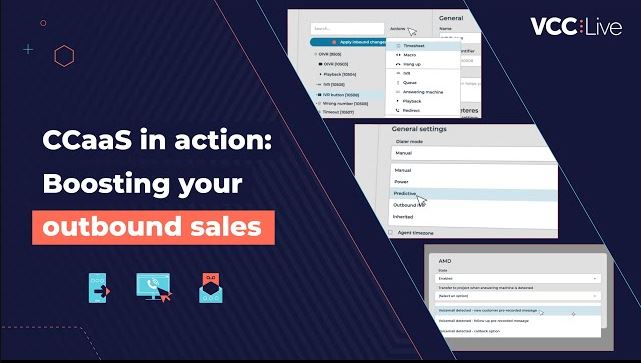
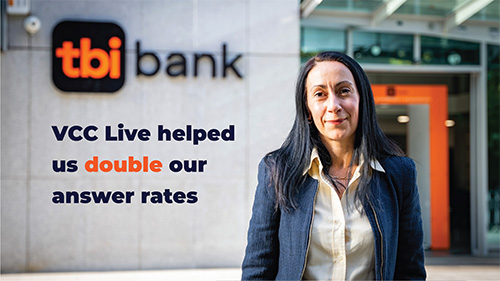
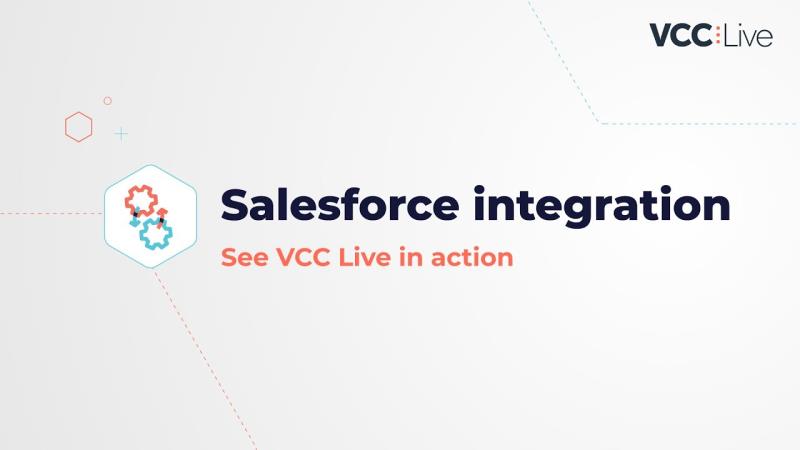
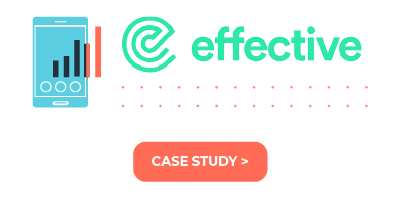
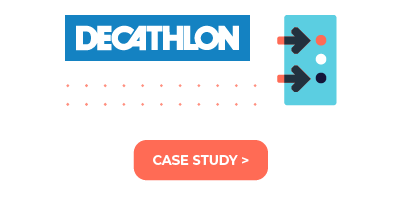


Comments
Can’t find what you need? Use the comment section below to connect with others, get answers from our experts, or share your ideas with us.
There are no comments yet.